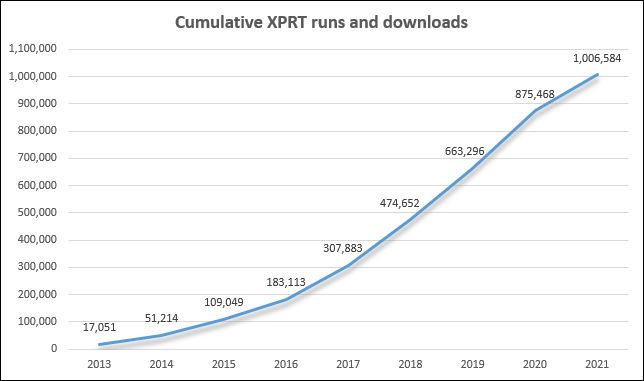One of the core principles of the BenchmarkXPRT Development Community is a commitment to valuing the feedback of both community members and the larger group of testers that use the XPRTs on a regular basis. That feedback helps us to ensure that as the XPRTs continue to grow and evolve, the resources that we offer will continue to meet the needs of those that use them.
In the past, user feedback has influenced specific aspects of our benchmarks such as the length of test runs, user interface features, results presentation, and the removal or inclusion of specific workloads. More broadly, we have also received suggestions for entirely new XPRTs and ways we might target emerging technologies or industry use cases.
As we approach the second half of 2022 and begin planning for 2023, we’re asking to hear your ideas about new XPRTs—or new features for existing XPRTs. Are you aware of hardware form factors, software platforms, or prominent applications that are difficult or impossible to evaluate using existing performance benchmarks? Are there new technologies we should be incorporating into existing XPRTs via new workloads? Can you recommend ways to improve any of the XPRTs or XPRT-related tools such as results viewers?
We are interested in your answers to these questions and any other ideas you have, so please feel free to contact us. We look forward to hearing your thoughts!
Justin













